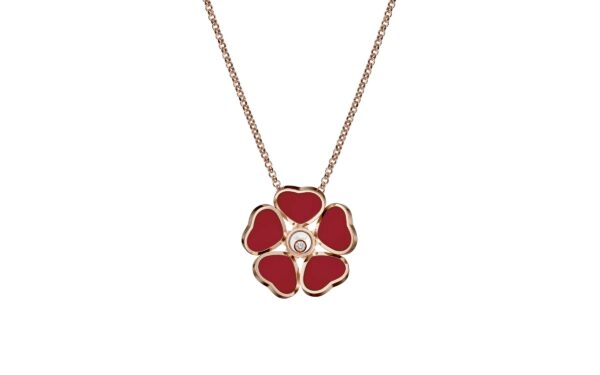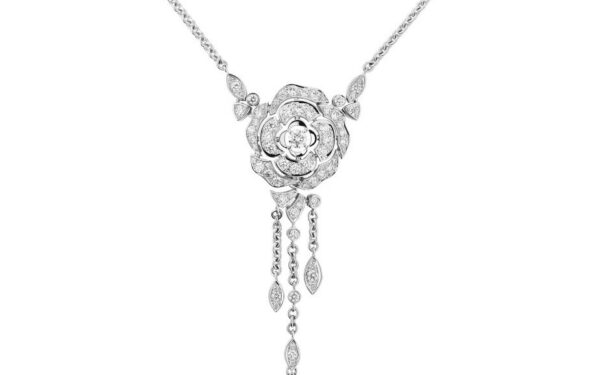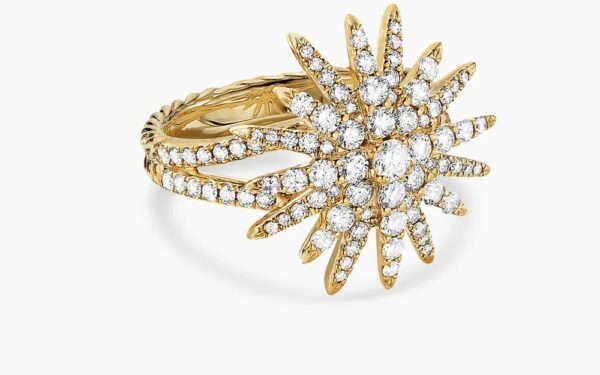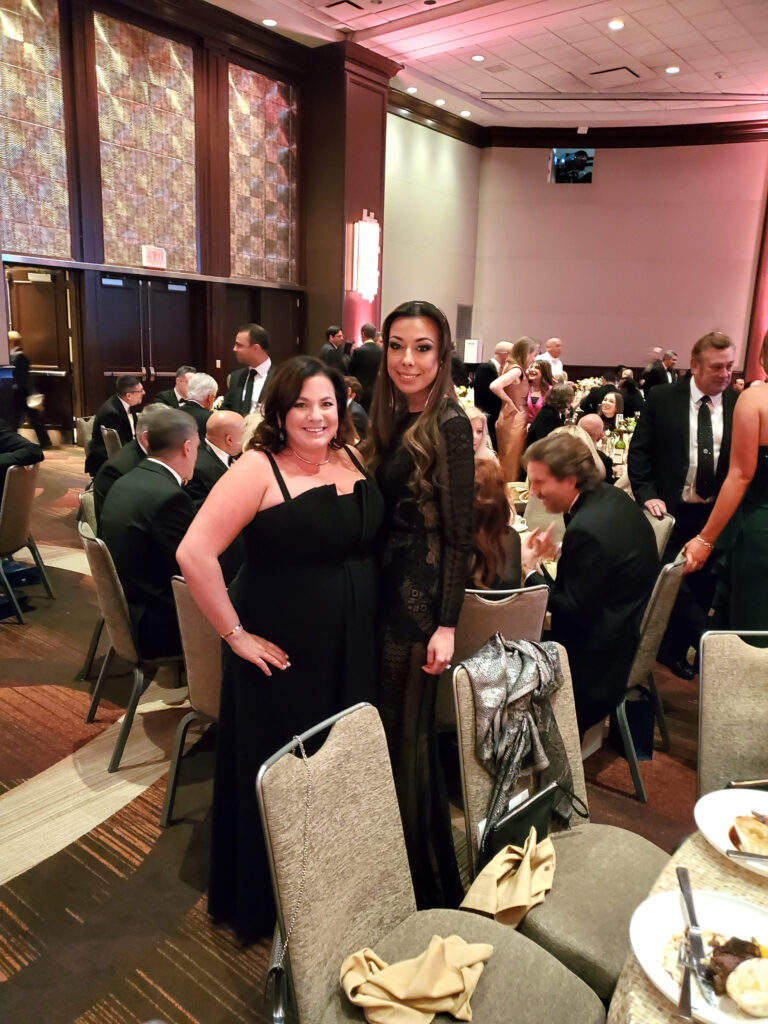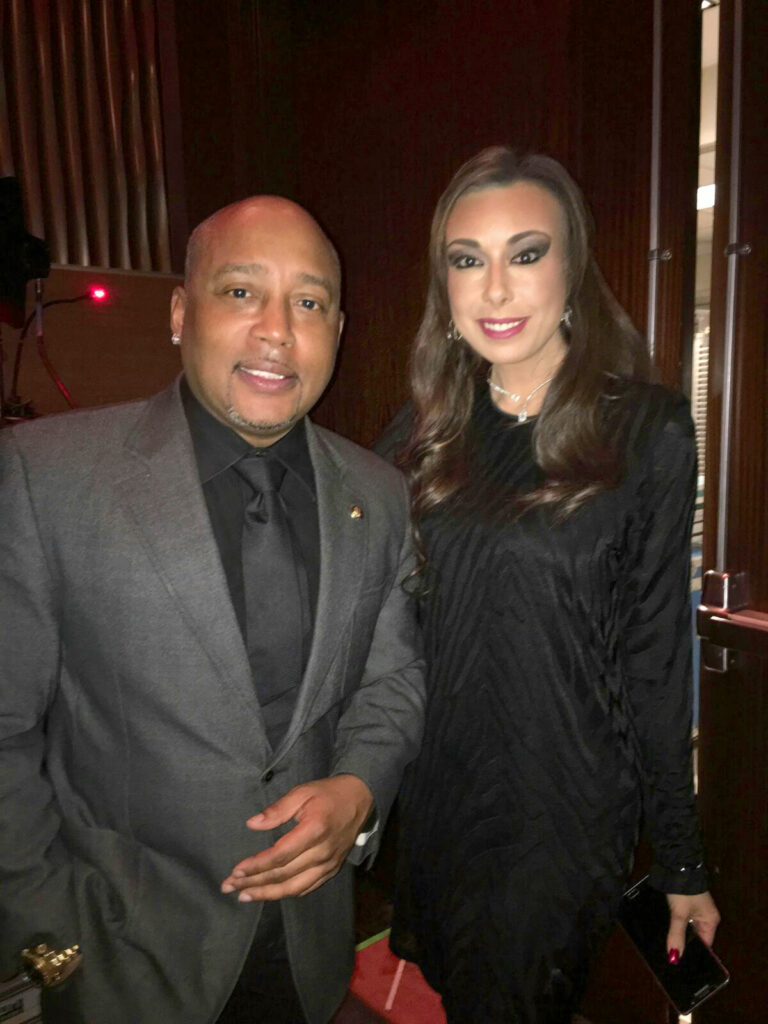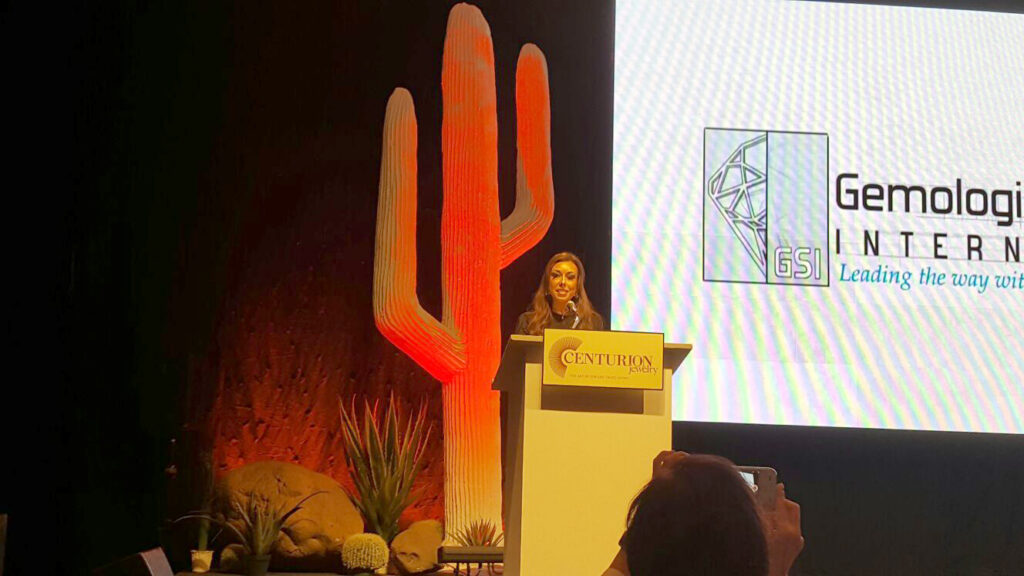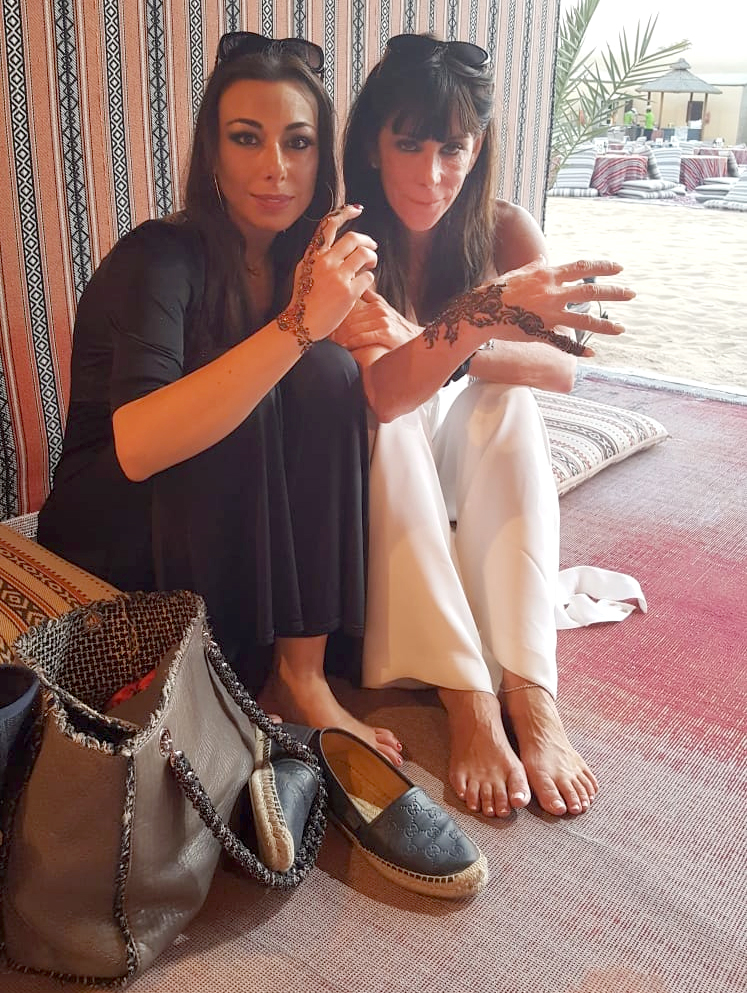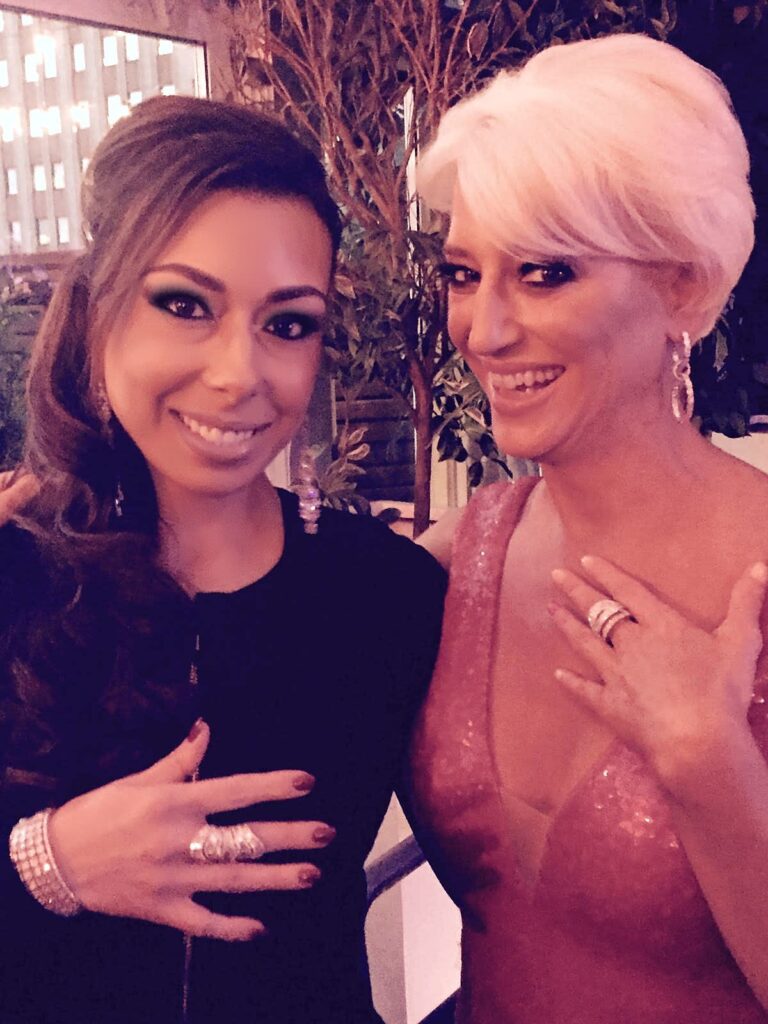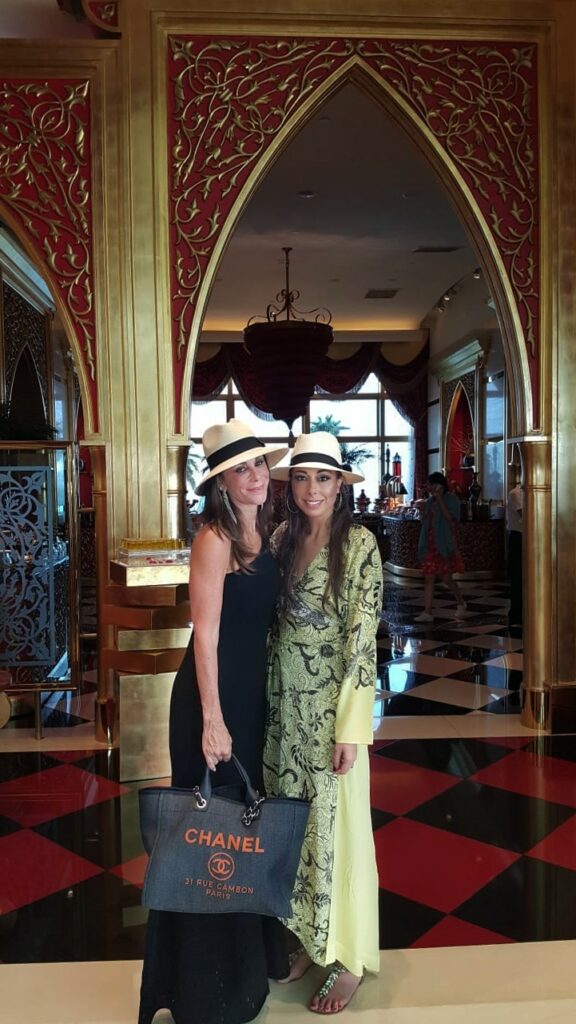The Symbology of Ancient Jewelry in History
- By: Debbie Azar
- On:
- 0 Comment

If one is to look back in time, he or she will find that jewelry is one of the oldest known artifacts in history, dating back some 100,000 years.

Humans have always had a desire to adorn themselves. The African continent is the originating point, from which shell jewelry from Ostrich egg shells and snails date back approximately 75,000 years ago. Materials such as teeth, stones, and bone also became subsequently commonplace in primitive jewelry as well.
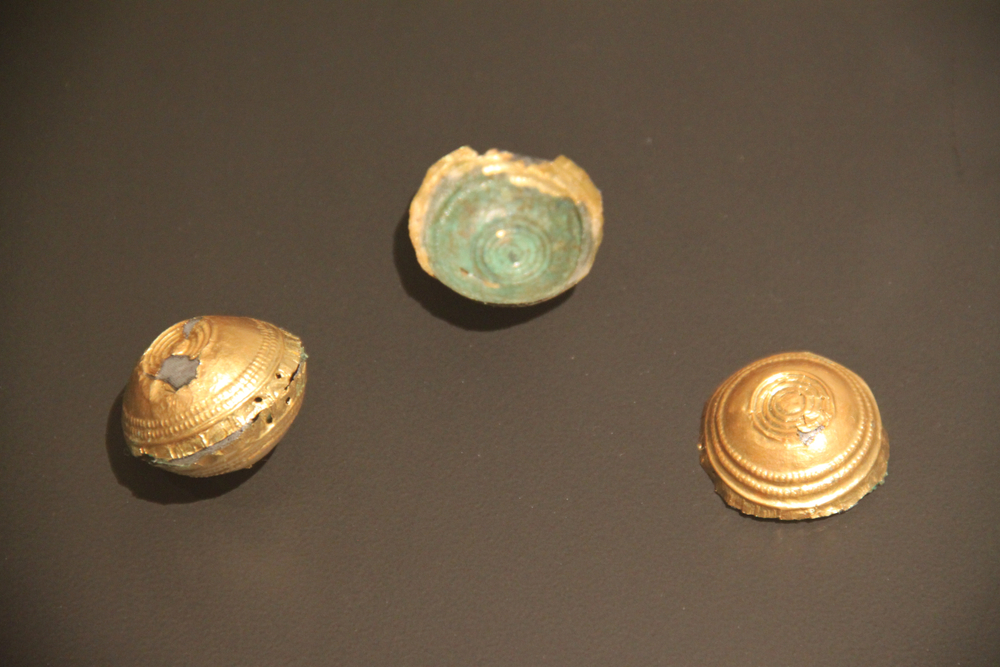
But the landscape of jewelry didn’t hit full stride until approximately 3000 – 5000 BC when the Ancient Egyptians started metalworking with gold as early as 3000 BC. Egypt was to become the epicenter of symbolic imagery and rich opulence and design as it began to align itself with the extravagance of its time. The Egyptians found that gold extracted from the Nubian desert was extremely malleable, and it became a metal of choice for the creative Egyptian craftsmen. They learned to work with a variety of items including semi-precious stones such as lapis lazuli, glass, and other materials.
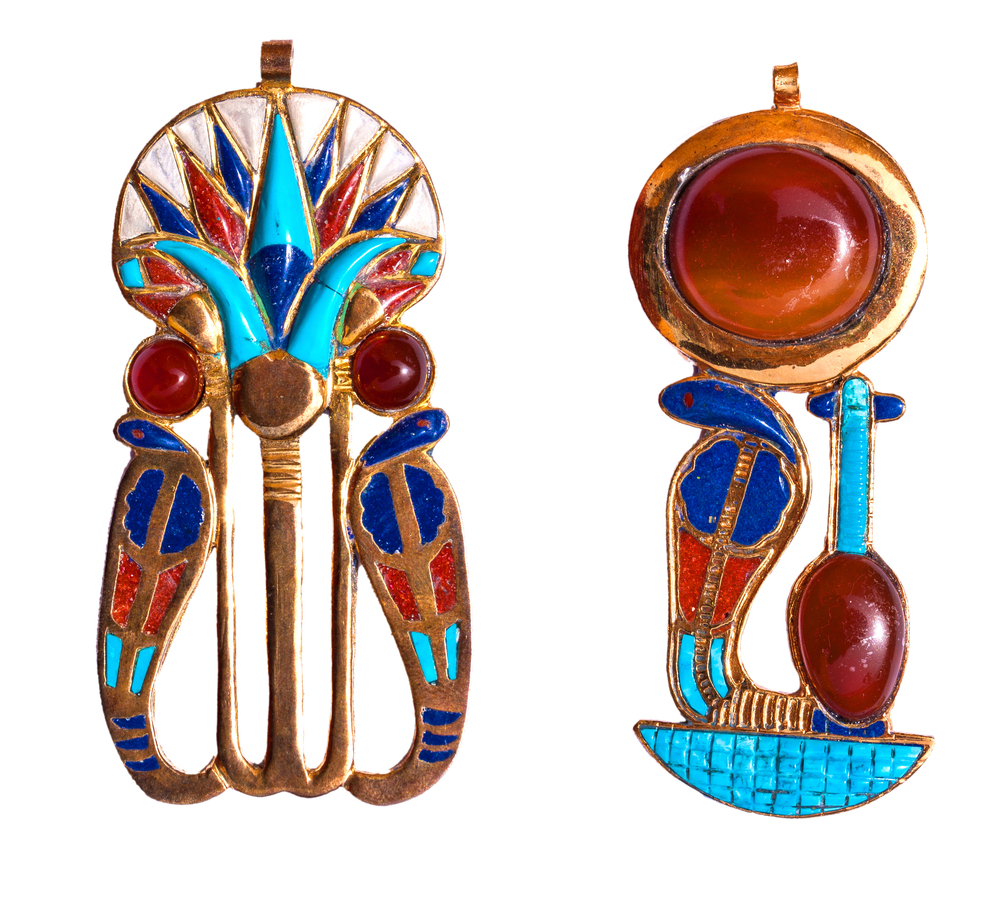
Throughout jewelry’s history, there have many numerous nods to nature. Joseph Campbell, a leading authority on comparative mythology and symbolism, gave an interesting narrative on man’s interpretation of nature and how it relates to our modern world. He used the analogy of the “winged fish,” saying that “the winged fish doesn’t appear as much in mythology, but when it would appear it would represent the same thing as the feathered serpent which both represent the earth-bound or the water-bound that takes off.”
The ancient Egyptians glorified the mythological symbols of the winged scarab beetle, the ankh, the eye of Horus, and the healing sun, which all represent ancient symbols considered powerful and sacred by those who wore them. These symbols represent different, interesting concepts related to life and the universe, like soul, stability, truth, beauty, water, sun, power, and the afterlife.
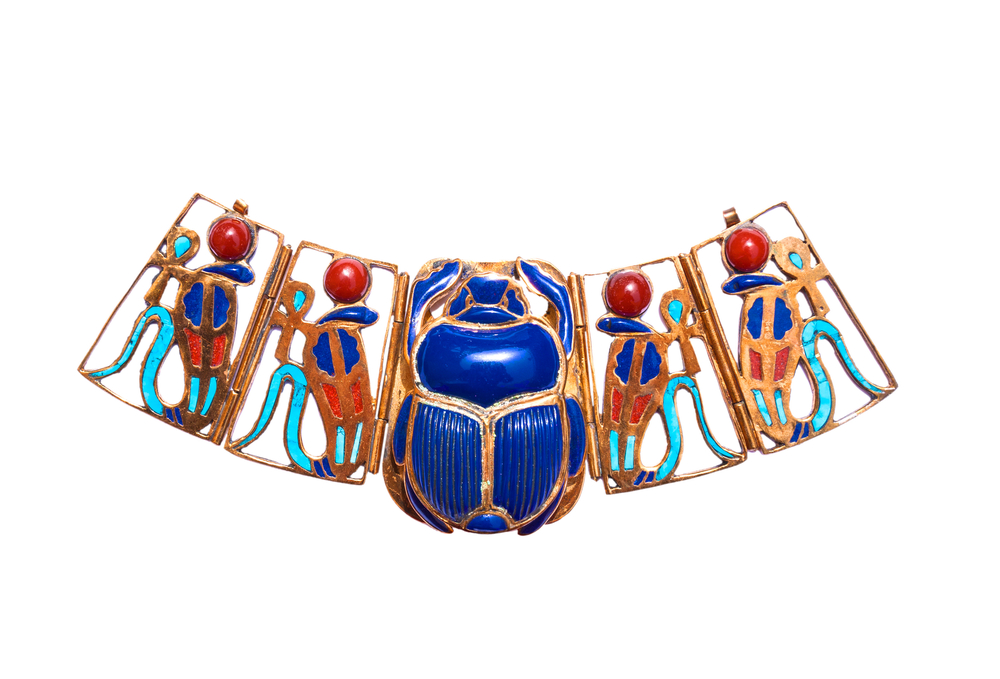
By 300 BC, the Ancient Greeks were using pearls, emeralds, and more precious stones in their jewelry designs. The early Romans were the first to introduce the Brooch as a functional jewelry accessory. Men wore rings with engravings to act as a wax seal when signing official documents. And hence, the jewelry world started to completely unfold.
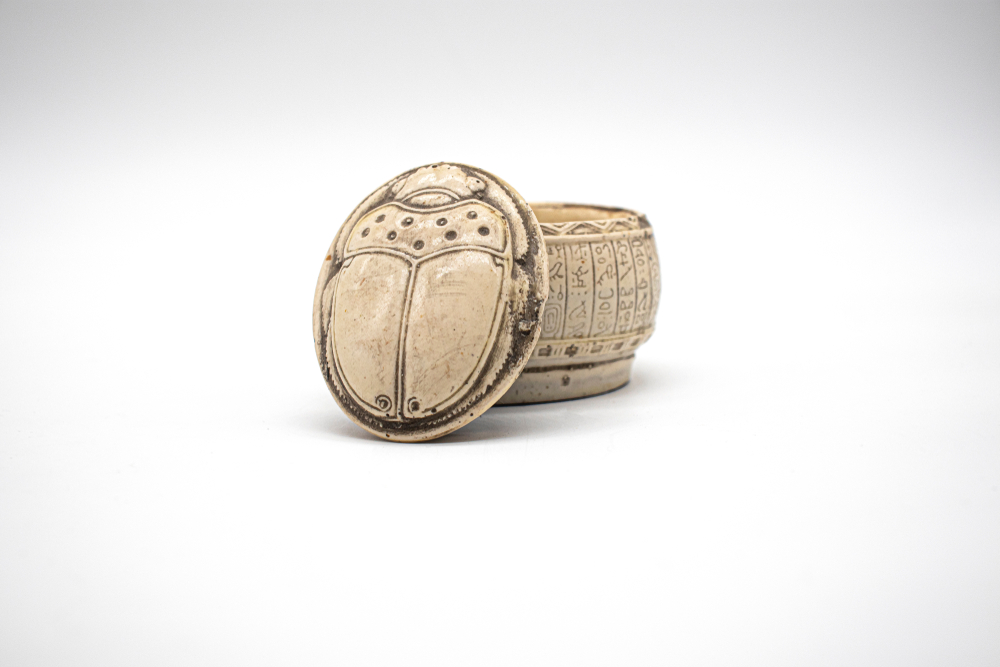
After the fall of the Roman Empire, Europe continued to develop jewelry making. During the Middle Ages, amulets, clothing fasteners, and signet rings were popular jewelry accessories. During the Renaissance, the increase of trade led to a dissemination of jewelry making methods, and access to a wider variety of materials led to the prominence of gemstones and gemstone settings.
The 19th century saw a return to extravagance in jewelry making, this time using precious stones and matching suites. At this time, costume jewelry started to slowly emerge. The wealthy sought intricate and detailed jewelry designs to stand out from the rest of society.
Today’s jewelry symbology is intertwined with fashion, iconic representations, as well as all the historical success of its predecessors that managed to pave the way towards our current global market. Today, the modern Houses of Cartier, Bulgari, and Tiffany & Co. still draw from the symbolic and organic nature of jewelry’s roots throughout history.
Jewelry continues to symbolize timeless luxury and style, frequently with a nod to nature imbued in its design. Family heirlooms are timeless treasures, passed down from generation to generation and remaining classic tokens of beauty and sentimentality. The history of adornment remains awe-inspiring with a rich history behind the looks that are constantly evolving today.
About The Author
 Debbie Azar is the Co-Founder and President of Gemological Science International (GSI), one of the largest gemological organizations in the world, and a distinguished leader in the global diamond and jewelry industry. As an executive with extensive knowledge of the jewelry and gem lab industries, her entrepreneurial skills and vision have helped GSI achieve rapid and continuous growth worldwide, establishing 13 leading-edge gemological facilities on four continents. She currently serves on the boards of the Jewelers Vigilance Committee, Responsible Jewellery Council, and Jewelers for Children, and is a member of the 24 Karat Club of New York. She has been featured in Forbes, Daily Mail, Good Morning America, Bloomberg, Bloomberg Businessweek, Fox Business, Fox5, CBS2, BOLDTV, Varney&Co, The Street, and NASDAQ, among others.
Debbie Azar is the Co-Founder and President of Gemological Science International (GSI), one of the largest gemological organizations in the world, and a distinguished leader in the global diamond and jewelry industry. As an executive with extensive knowledge of the jewelry and gem lab industries, her entrepreneurial skills and vision have helped GSI achieve rapid and continuous growth worldwide, establishing 13 leading-edge gemological facilities on four continents. She currently serves on the boards of the Jewelers Vigilance Committee, Responsible Jewellery Council, and Jewelers for Children, and is a member of the 24 Karat Club of New York. She has been featured in Forbes, Daily Mail, Good Morning America, Bloomberg, Bloomberg Businessweek, Fox Business, Fox5, CBS2, BOLDTV, Varney&Co, The Street, and NASDAQ, among others.
